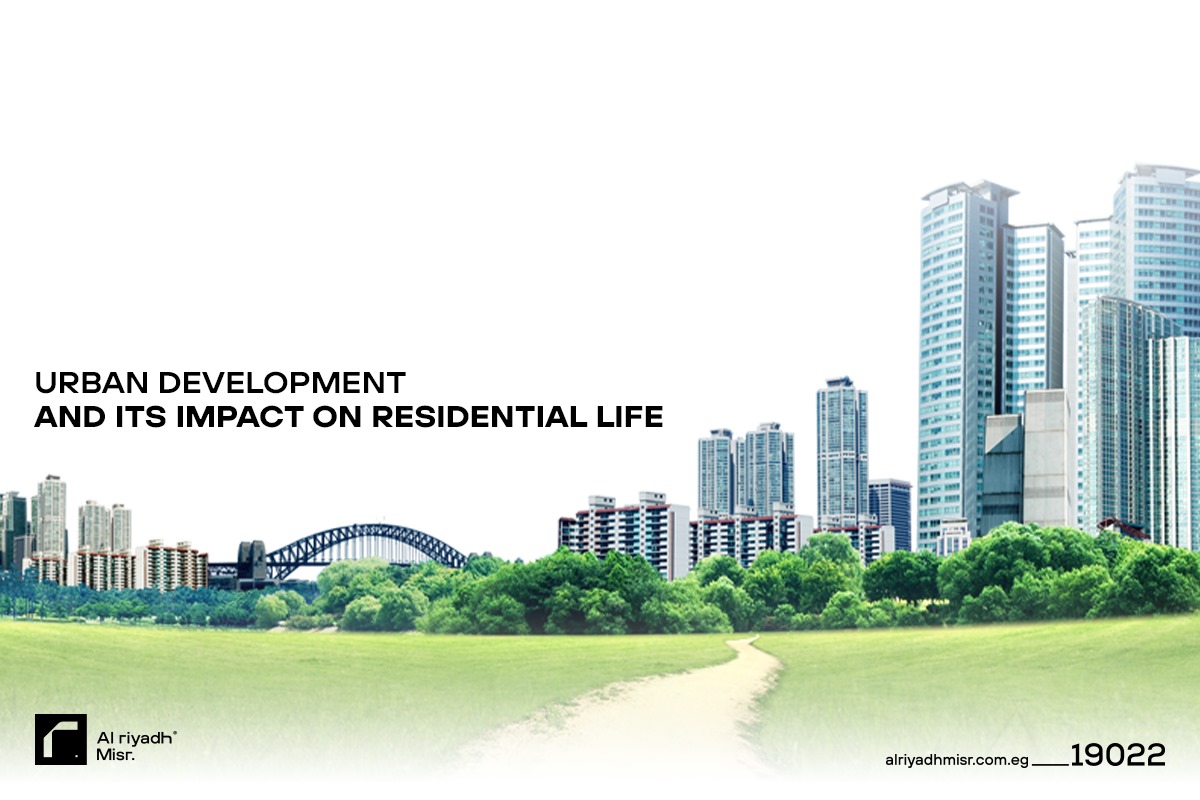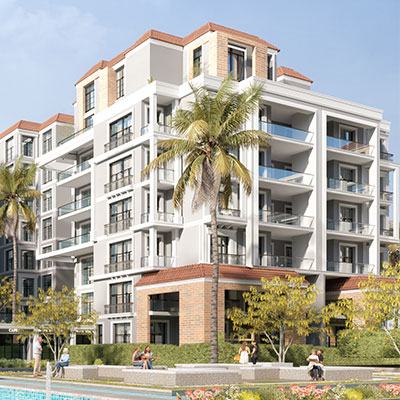Urban Development and Its Impact on Residential Life
Urban Development and Its Impact on Residential Life
The world has witnessed radical changes in urban development over the ages, where residential life has notably evolved from simplicity to complexity, and from necessity to luxury. In this article, we will review how urban development has changed the concept of housing and living.
Historical Developments
In the past, homes were simple and built from locally available materials such as clay and wood. Today, residential buildings are constructed with modern techniques and advanced materials that provide insulation, safety, and aesthetics.
Design and Planning
Urban design concepts have changed to include green spaces, layouts that consider privacy and social interaction and the provision of public facilities and comprehensive services within residential complexes.
Technology and Innovation
Technology has become an integral part of residential life, with smart security systems, lighting and energy control systems, and internet-connected home appliances being used to provide greater comfort for residents.
Sustainability and Environment
Environmental concern and sustainability have become priorities in urban development, with residential units designed to be eco-friendly, sustainable building materials used, and energy-saving and recycling technologies integrated.
Challenges and Future
With urban development come challenges such as congestion and pollution, but with proper planning and innovation, a balance can be achieved between urban growth and maintaining the quality of life.
Conclusion
Urban development has brought profound changes to residential life, leading to improved quality of life and providing more diverse and comfortable housing options. As development continues, we look forward to a future that combines innovation and sustainability in residential architecture.







